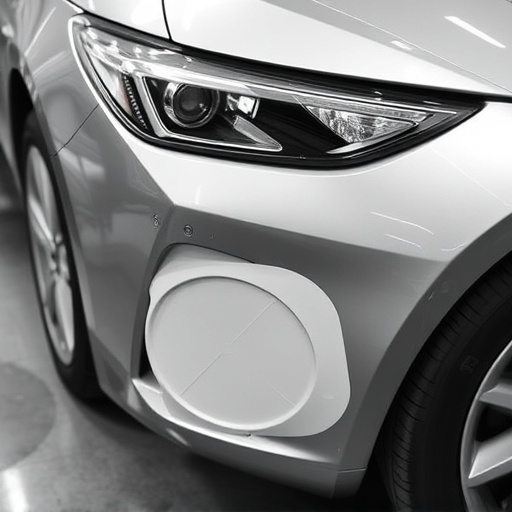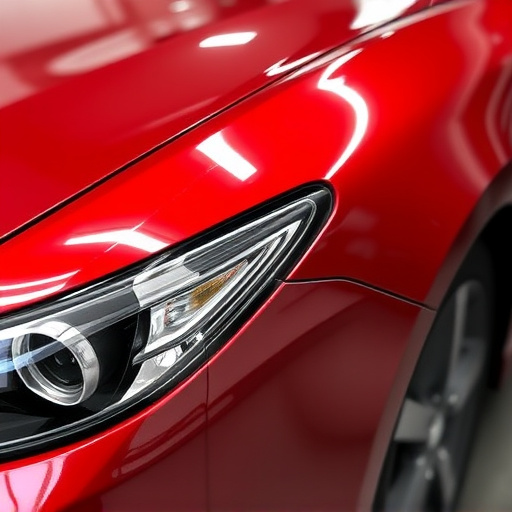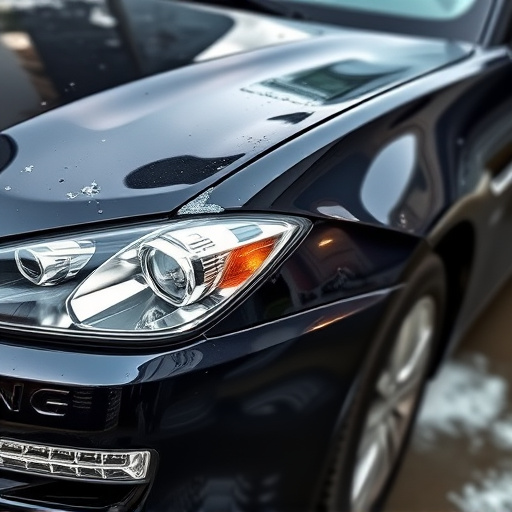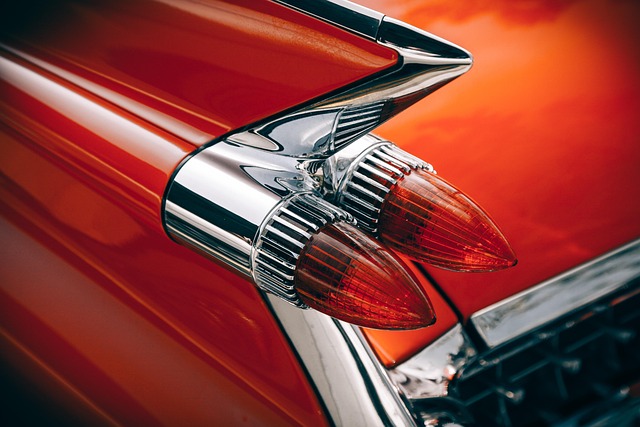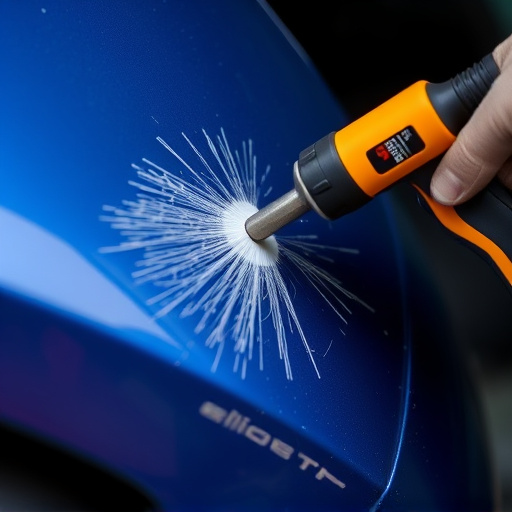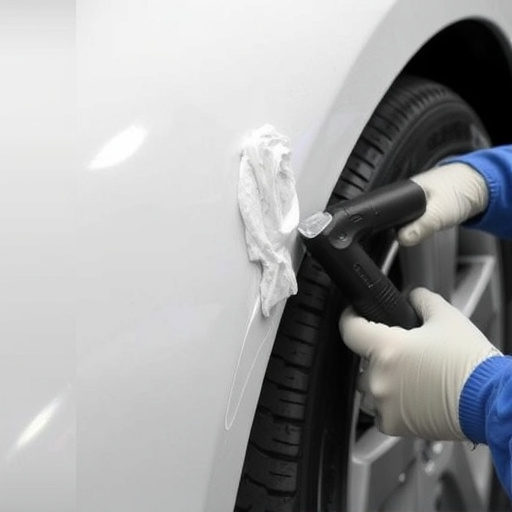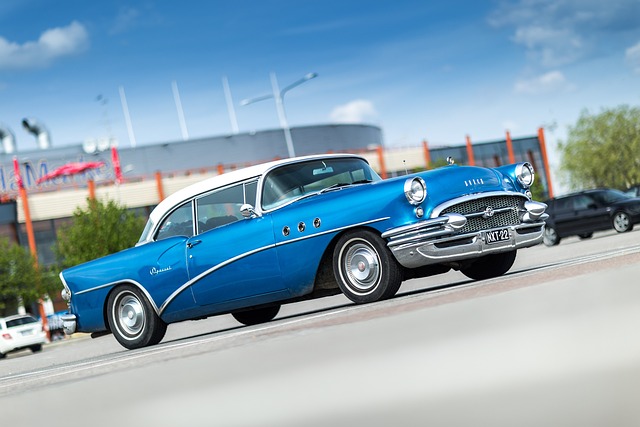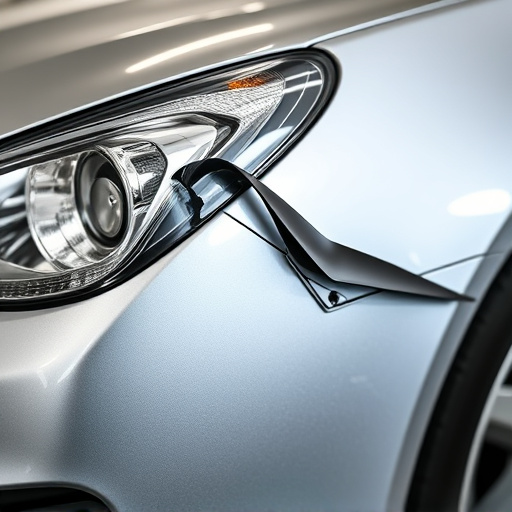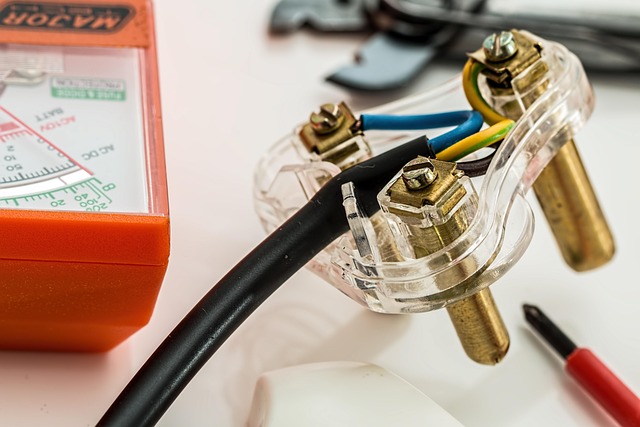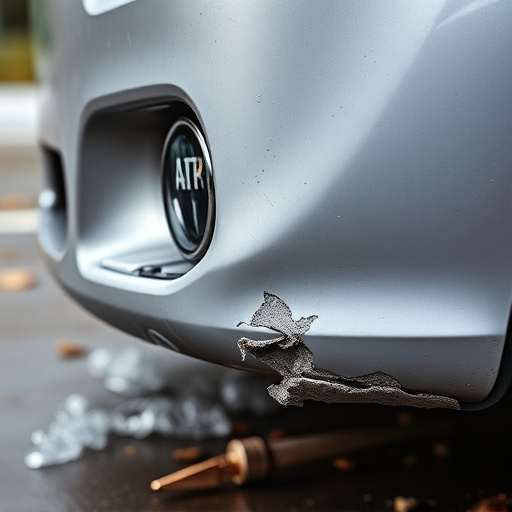Paint databases are crucial for computerized paint matching systems, providing detailed information on formulas, colors, and specifications to enable precise cross-referencing and comparison. These databases significantly enhance accuracy in automotive repairs, ensuring customer satisfaction and efficient procedures by allowing algorithms to learn and differentiate subtle variations in paint formulations. Regular updates with new formulations and trending colors are essential to maintain high matching accuracy across diverse vehicle makes and models.
In today’s digital age, accurate computerized paint matching is paramount in various industries. Paint databases serve as robust foundations, enabling advanced algorithms to achieve remarkable visual similarity analysis. By organizing vast datasets of paint colors and finishes, these databases facilitate precise matching for applications like automotive repair, interior design, and manufacturing. This article delves into the intricacies of paint databases, exploring their role in enhancing computerized paint matching accuracy through effective data management and innovative techniques.
- Understanding Paint Databases: A Foundation for Accuracy
- The Role of Data in Computerized Matching Algorithms
- Enhancing Visual Similarity: Techniques and Challenges
Understanding Paint Databases: A Foundation for Accuracy
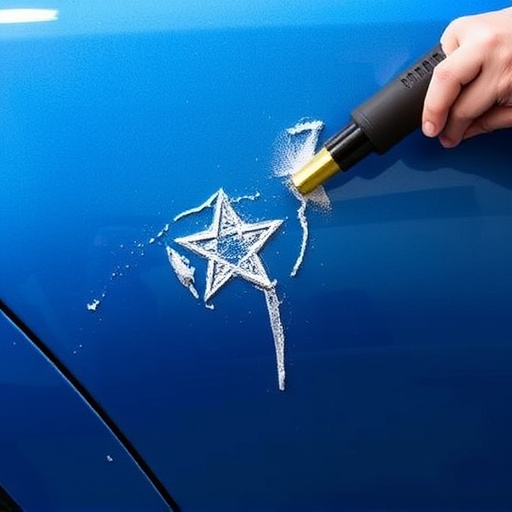
Paint databases serve as powerful tools for enhancing the accuracy of computerized paint matching systems. These databases are comprehensive repositories that catalog and organize information about various types of paints, including their unique formulas, colors, and specifications. By centralizing such data, paint databases enable efficient cross-referencing and comparison, which is crucial for matching paint precisely in automotive repair processes.
Accurate paint matching is a critical aspect of autobody repairs and automotive repair services. When a car undergoes repairs, ensuring that the new paint accurately replicates the original shade is essential for customer satisfaction. Paint databases facilitate this process by providing a reliable source of data, enabling technicians to make informed decisions during the repair process. This not only streamlines procedures in car repair shops but also guarantees better outcomes, enhancing the overall quality of automotive repair services.
The Role of Data in Computerized Matching Algorithms
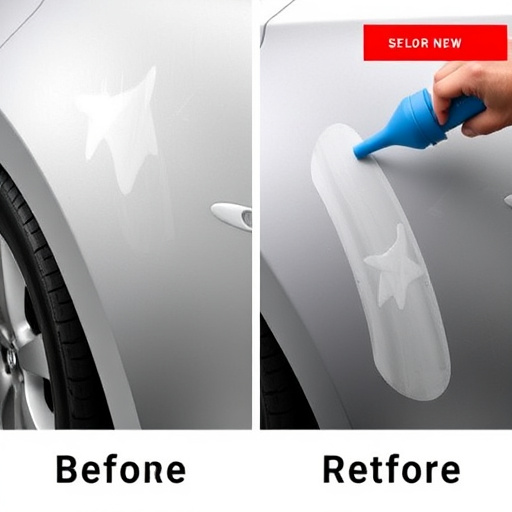
In the realm of computerized paint matching, data plays a pivotal role in shaping the accuracy and effectiveness of matching algorithms. These algorithms are designed to analyze and compare vast datasets of vehicle paint colors, textures, and finishes to find exact matches or suitable alternatives. The quality and diversity of data directly impact the performance of these systems. For instance, comprehensive databases that encompass various automotive brands, models, years, and color combinations enable more precise computerized paint matching across different vehicle body repair scenarios.
Accurate paint matching is particularly crucial in industries like automotive repairs, where restoring a vehicle’s original aesthetics involves meticulous attention to detail. Consider the intricate process of scratch repair on a Mercedes-Benz. A robust paint database can provide precise color codes and specifications, ensuring that every stroke of paint replicates the manufacturer’s original shade, enhancing the overall quality of vehicle body repair. By feeding these algorithms with extensive and well-curated data, they learn to discern subtle differences in paint formulations, thus improving their matching accuracy.
Enhancing Visual Similarity: Techniques and Challenges
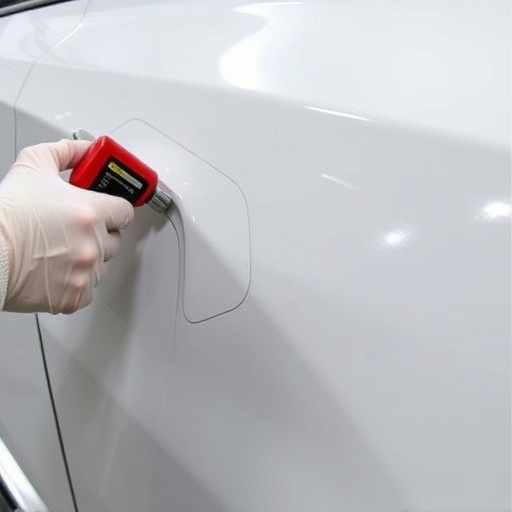
Paint databases have revolutionized computerized paint matching by significantly enhancing visual similarity between vehicle paints. These databases leverage advanced image processing techniques to capture and store a vast array of paint colors and finishes, ensuring precise matching across different makes and models. Through sophisticated algorithms, they analyze color hue, saturation, value (HSV), and other spectral properties, enabling accurate comparisons that go beyond mere visual inspection.
However, enhancing visual similarity in paint matching isn’t without challenges. Factors like lighting conditions, view angles, and surface textures can introduce variations, complicating the process. Additionally, the vast diversity of auto glass replacement, bumper repair, and vehicle collision repair requirements necessitates databases that are both comprehensive and dynamic. Constant updates with new paint formulations and trending colors are crucial to maintaining high matching accuracy, ensuring that repairs or modifications look seamless and original.
Paint databases, by providing a structured repository of color information, significantly enhance the accuracy of computerized paint matching algorithms. By understanding the nuances of these databases and leveraging advanced techniques for visual similarity assessment, we can improve the efficiency and reliability of paint color matching in various applications. This not only benefits industries like automotive and manufacturing but also ensures consumers receive precise color matches, leading to higher satisfaction and reduced rework.

